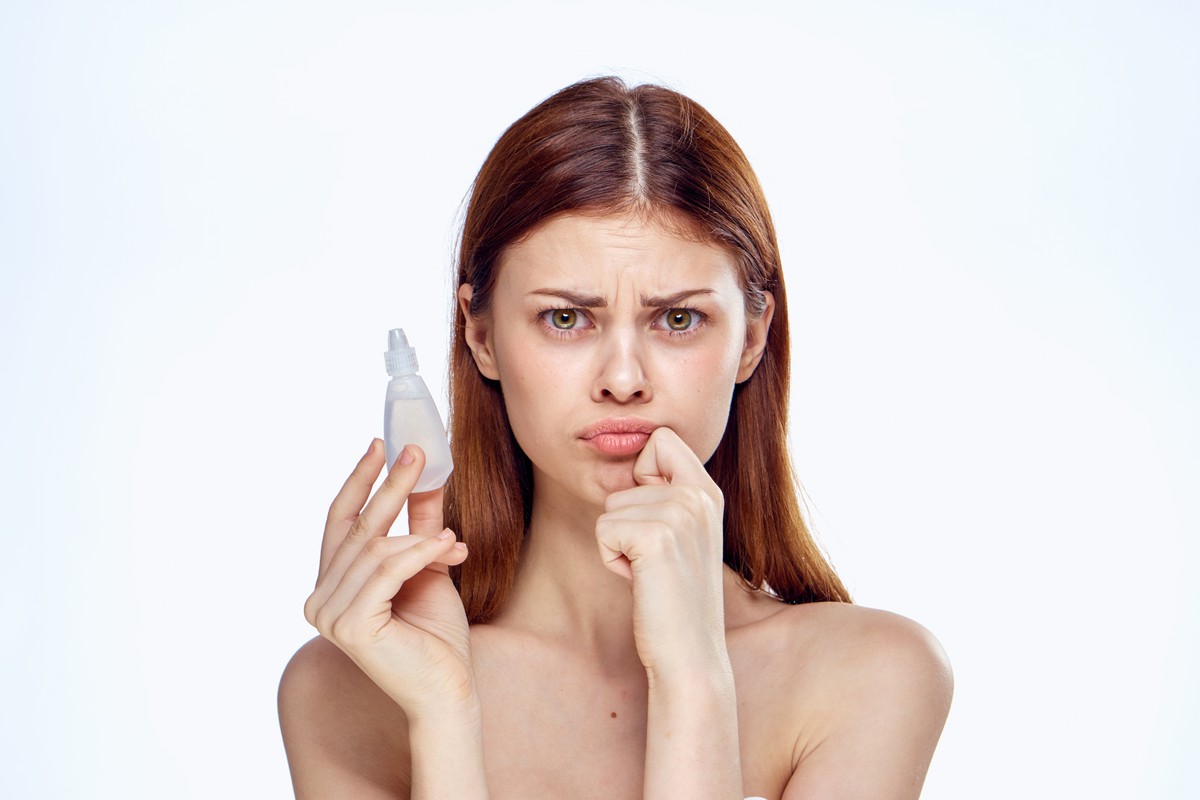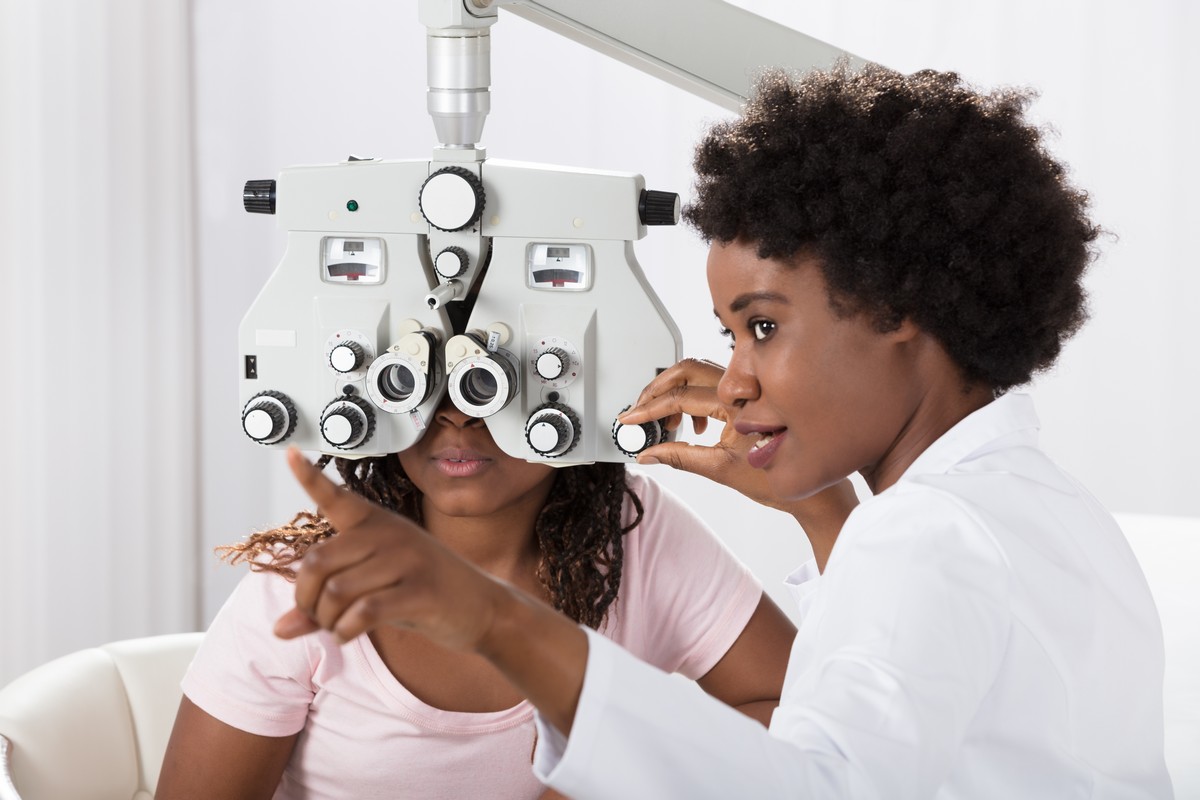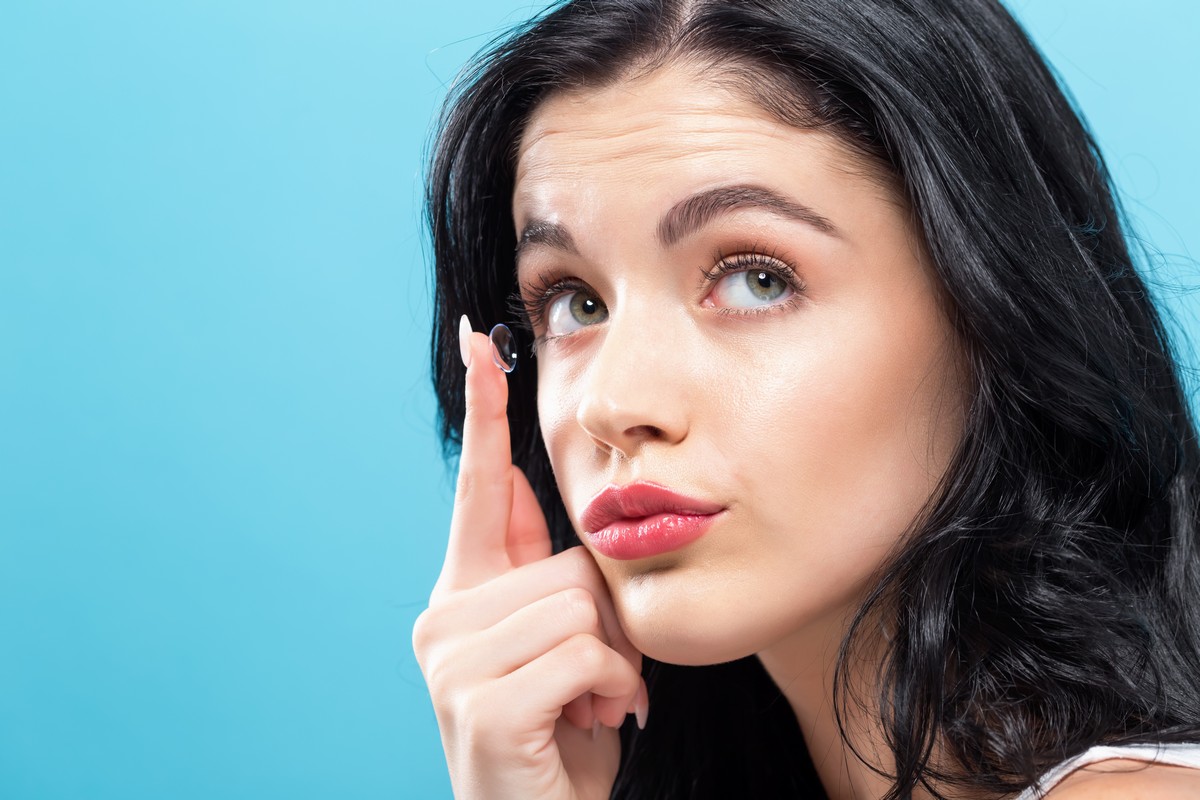A Foolproof Guide to Using Eye Drops With Contact Lenses

For contact lens wearers, a simple trip to the drugstore for eye drops can be daunting. The shelves are full of tiny bottles of liquid all claiming to be eye drops! But which ones are the best eye drops to treat your specific eye complaint? And which ones are safe to use with contact lenses?
Eye drops are a self-administered drug that you apply directly to your eyes. Since your eyes are extremely sensitive and vital for daily life, you really want to get this right!
Luckily for you, we’ve put together this foolproof guide. Read on to learn how to use eye drops with contact lenses and so much more!
When to Use Eye Drops and When to Avoid Them
A Simple Case of Dry Eye
According to experts, dry eye affects millions of adults in the United States. It seems that many of us are struggling to produce enough moisture to keep our eyes lubricated. Sometimes it's not only the amount of moisture that's the issue but the quality. Tears aren't just made of water. They’re a complex mixture of oils, mucins, electrolytes and proteins that protect the surface of your eyes.
Without this protection, your eyes will sting, burn and become red. It can feel like there's something in your eyes. Your eyelids feel heavy and vision can even become blurred.
All kinds of biological and environmental factors can lead to a case of dry eye. Pregnancy, certain medications, allergies, excessive computer use and smoke exposure may cause dry eye.
Many of the dry eye symptoms are similar to those of more serious eye diseases. If your doctor has never diagnosed you with dry eyes before, then make an appointment. It’s worth having a check-up and medical recommendations before you decide to self-medicate.
All else well, you have a simple case of dry eye. The first treatment step is eye drops!
Contact Lens Eye Irritation
Today’s contact lenses incorporate advanced technology. Specifically, they help retain more moisture in your eyes. For example, 1 Day Acuvue Moist contact lenses have Lacreon technology, which provides a high level of comfort, particularly for allergy sufferers. Dailies Aqua Comfort Plus lenses are 69% water and feature blink-activated moisture technology.
Even with these wonderful scientific advancements, contact lenses can still irritate your eyes. Contact lenses are man-made vision aids that are considered foreign objects. Thus a small amount of discomfort from time to time is normal. This is even more so in cases of new lens wearers and prolonged contacts wear-time on a given day.
If you experience lens irritation, the worst thing you can do is rub your eye. Rubbing irritated eyes can scratch your corneas, the thin transparent layer of tissue covering your eyes. Your corneas focus light into your eyes. So any major damage to them can lead to blindness.
Rubbing your eyes may also dislodge your contact lenses. A lost contact is hard to find, even with a visibility tint. The contact may also have damage beyond repair, leaving you with blurred vision and a lighter wallet.
If you experience mild contact lens irritation, eye drops are also the first step.
When to See Your Optometrist

If dry eye is not treated and becomes chronic, this can lead to corneal ulcers. Corneal ulcers are basically open wounds that can scar the eye’s tissues and result in blindness.
Other eye diseases and infections are also similar to dry eye symptoms at their start. So it’s worth ruling out any more serious causes for your symptoms.
If you’ve experienced any of the symptoms below for more than a few days, then visit your optometrist:
- Burning
- Itching
- Heavy eyelids
- Soreness
- Dryness
- Red eyes
- Eye discharge
- Light sensitivity
- Blurred vision
- Foreign body sensation
If in doubt, get it checked out!
The Three Types of Eye Drops
Almost all over-the-counter eye drops can be divided into three main categories. The first is drops to treat dry eye, followed by drops to minimize redness. Then, we also have contact lens rewetting drops. The type of eye drops you need depends on what you’re trying to treat.
1)Drops to Treat Dry Eye
These eye drops are often referred to as “artificial tears”. There are many brands of eye drops that treat dry eyes. These drops mimic the composition of tears to keep your eyes’ surface nice and moist. But, as stated before, tears are more than water. Artificial tears contain ingredients such as electrolytes like sodium and potassium, guar gum and preservatives. But it’s best to avoid eye drops that contain preservatives. The drops may last longer but preservatives tend to dry eyes out, exactly the opposite of what you need!
2) Drops to Minimize Redness
If you wear contact lenses, you should avoid eye drops that claim to reduce redness at all costs! These drops contain ingredients known as “vasoconstrictors”. Vasoconstrictors’ main purpose is to shrink the tiny blood vessels that cause discoloration in the white part of the eyes. When used with contact lenses, these drops can leave deposits on your lenses. These deposits then make your eye redness worse.
3) Contact Lens Rewetting Drops
These drops make wearing contact lenses a more comfortable experience. As long as the packaging says, “safe for use with contact lenses”, then it’s all good! Rewetting drops are designed to be perfectly compatible with your contacts. These drops can also flush debris and protein deposits out of your eyes without the removal of your contact lenses.

Using Eye Drops With Contact Lenses
If you're using rewetting eye drops, you're good to go. First, make sure that your hands are clean. Next, tip your head back. Hold your eyelids open and drip the eye drops in. Job done!
If you're using any other kind of eye drops, then you’ll need to first remove your contact lenses. Many of the eye drops available over-the-counter today were first prescription-only and contain powerful medicines.
Artificial tears are thicker and are meant to lubricate your eyes alone. This type of eye drops also contains oils that can permanently cloud your contacts.
Anti-redness/allergy drops are also incompatible with contacts. Some ingredients in dry eye and allergy treatment drops do not interact well with contact lenses.
Again, clean hands are a must, as you’re handling your eyes and contacts. After using the dry eye/allergy drops, wait a full fifteen minutes, this is very important. This fifteen-minute rule gives the eye drops sufficient time to saturate your eyes and get to work. Afterward, you can pop your lenses in again and continue on your merry way!
If you’re in any doubt about using eye drops with contact lenses, have a talk with your optometrist for more information.
Ready to Pick up Your Eye Drops?
Are you now confident to run the gamut of options and pick up the best eye drops for you? You should be! These tips offer you a way to cut to the chase and get exactly what you need at the store.
And since you’re shopping, how’s your supply of contacts? Running low? Make sure to check out the wide range of brand name contact lenses available and get your perfect lenses.